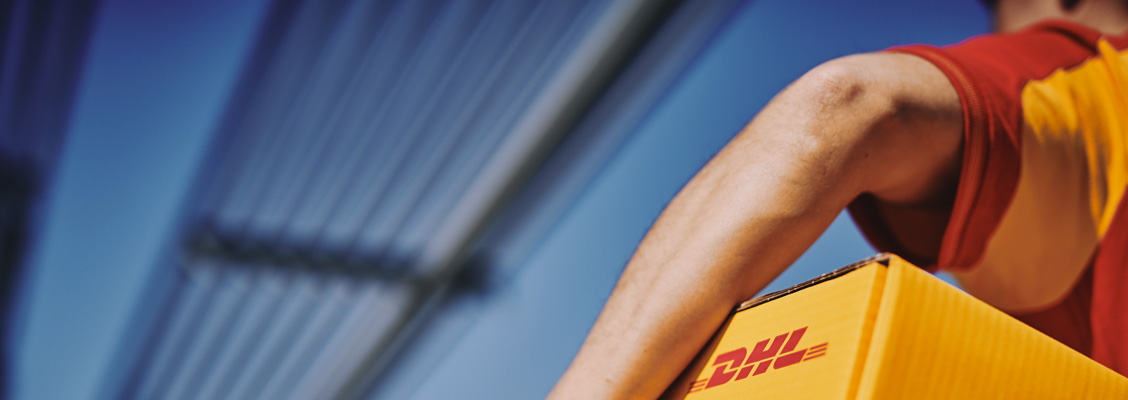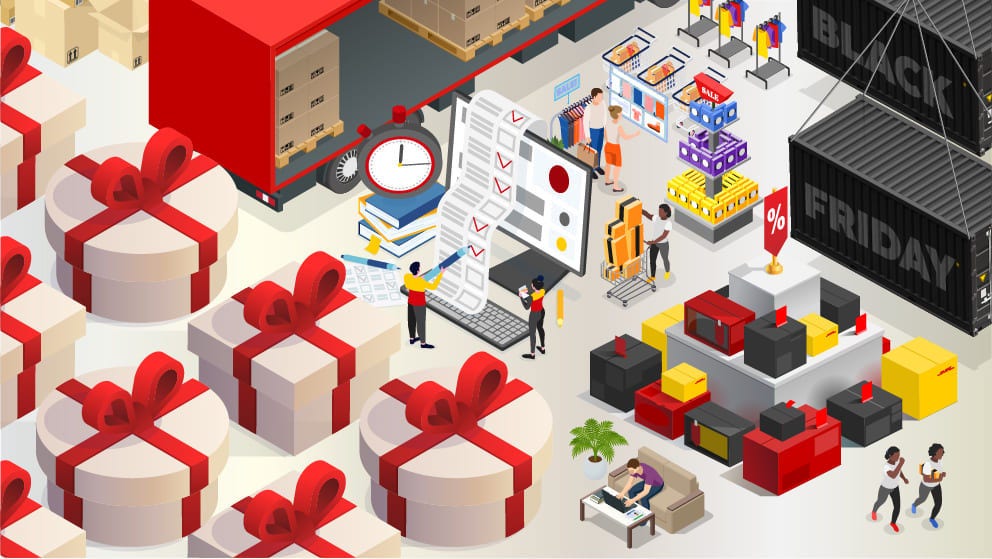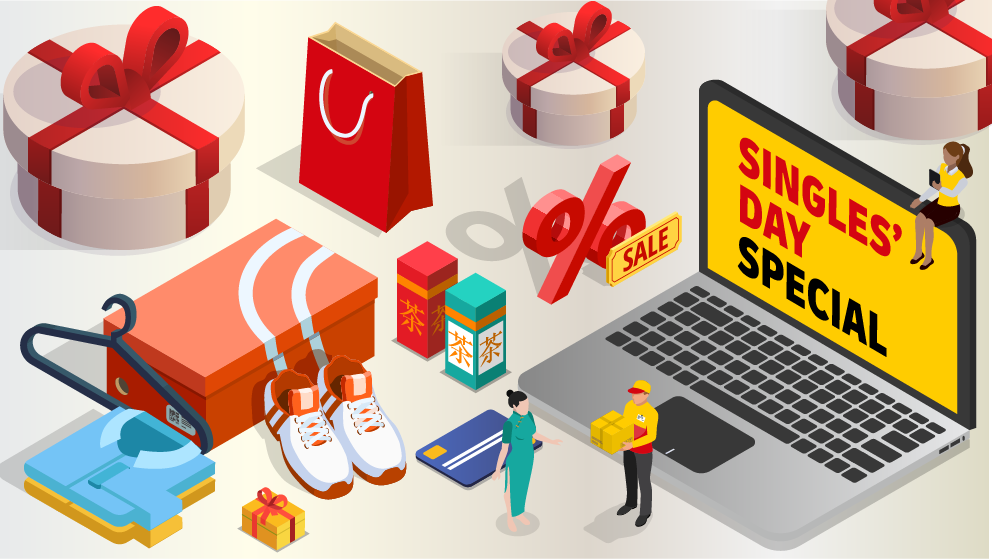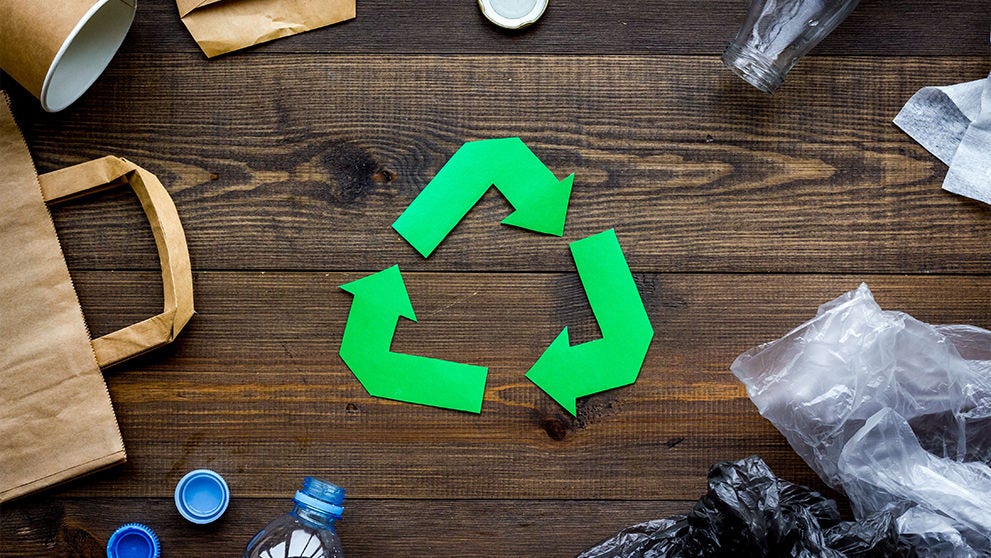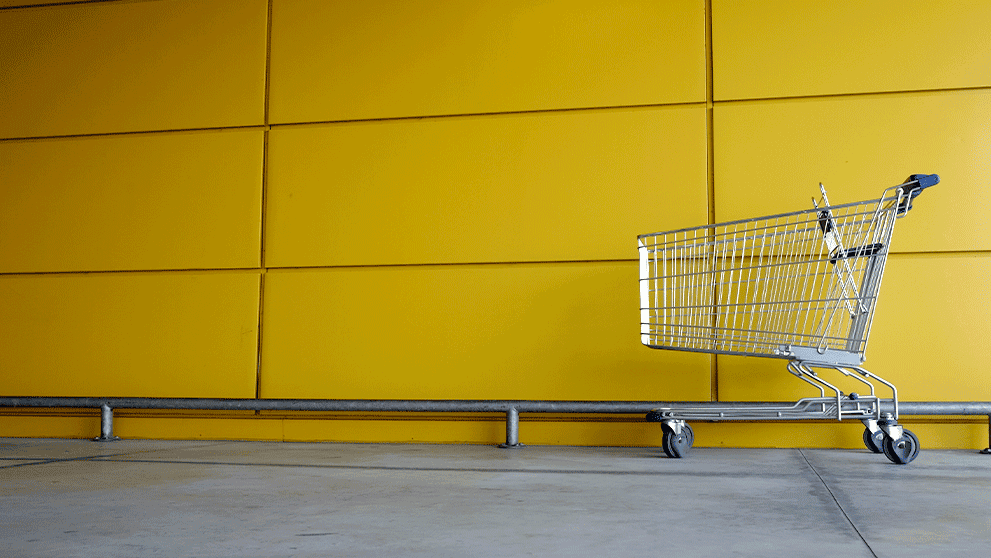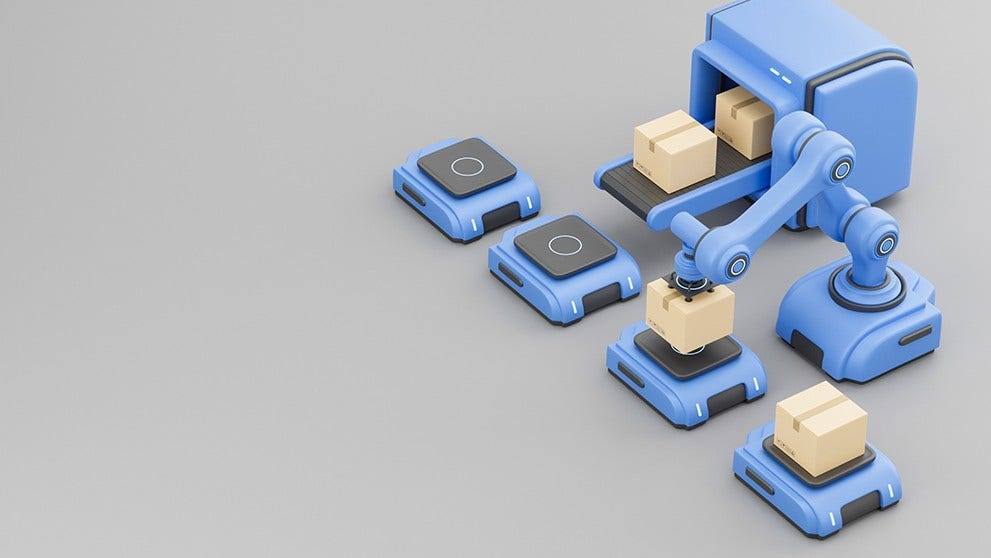Online retailers debating whether to add a Buy Now, Pay Later (BNPL) option at checkout may be swayed by the example of fluidfreeride1.
The US-based electric scooter brand sold its first scooter in 2019, and saw sales triple in 2020 as Covid-wary commuters sought socially distanced travel options. Yet, amidst this early success, the company was at first reluctant to integrate a BNPL service, despite its suitability for its price points – its five models of scooters can cost up to several thousand dollars.
“I believed that if you couldn’t afford a scooter, you shouldn’t buy one,” founder Julian Fernau explained2. “I’m German, and we’re not such a credit- and consumption-driven society compared with the US. So, yes, I shied away initially [from BNPL].”
Demand from customers soon changed his mind. “I spoke to customers and realized that not only were we losing out on sales, but we were also not delivering what [they] wanted. The decision took time, but it made sense to add Buy Now, Pay Later.”
Fluidfreeride chose Affirm3 as its BNPL service, and enjoyed a substantial uplift in sales almost immediately. In the months after, the company had a 20-25% increase in overall order numbers, whilst customers paying via Affirm had almost double the average order value compared to those paying other ways. The payment method now accounts for 20% of fluidfreeride’s sales.
Is BNPL right for your e-commerce business? Find out with our exclusive guide to the new ways to pay.
